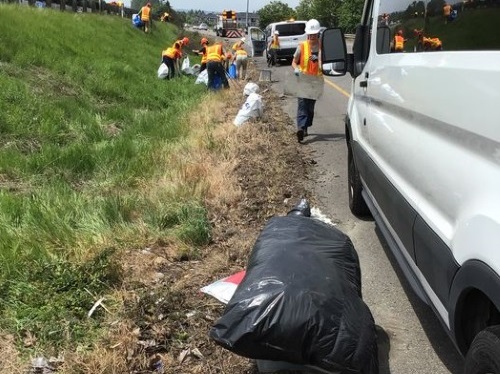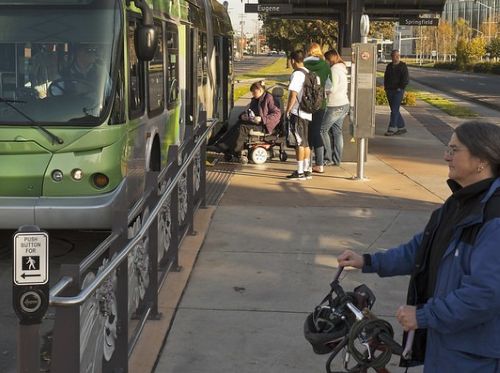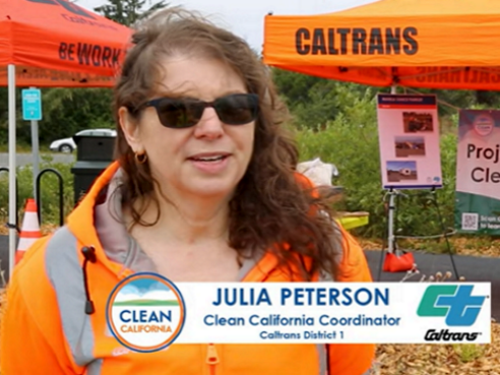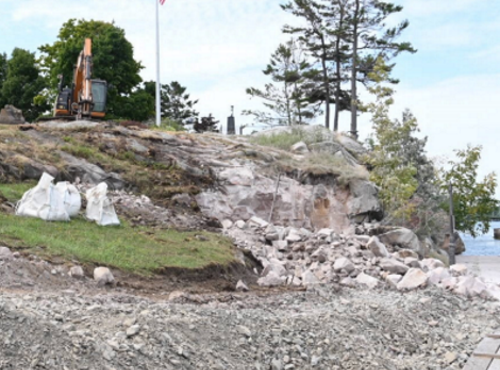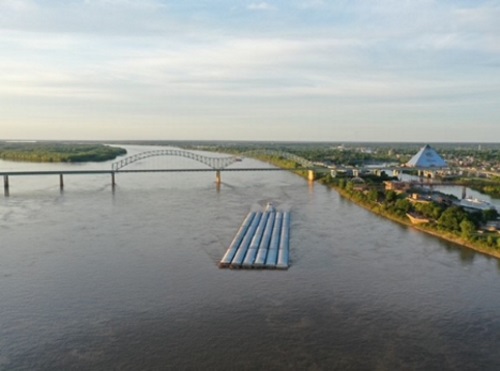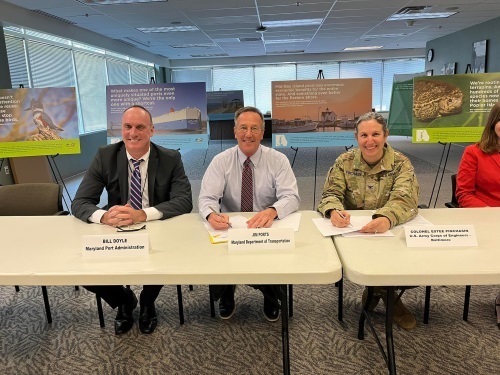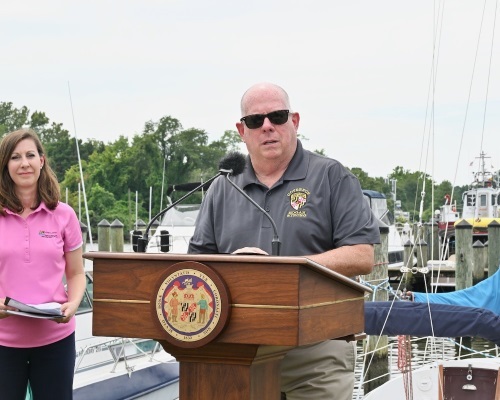The Washington State Department of Transportation and Washington State Department of Ecology are joining forces on a new statewide anti-littering campaign entitled “Simple As That” to help prevent littering by changing the behaviors that cause it.
[Above photo by WSDOT]
According to a 2021 study commissioned by the Ecology department, more than 75 percent of state residents choose not to litter while some 26 percent of the remaining 25 percent said they would be motivated to stop if a friend, family member, or passenger asked them to refrain from littering. The agency said its survey found that not having a “car trash bag” as the top reason why they litter.
While those numbers sound promising, but the truth is that more than 18 million pounds of litter accumulate annually on Washington’s roads, parks and recreation areas. Preliminary results from a 2022 statewide litter study show 24,001 litter items per mile on Washington’s urban interstate highways. Plastic food wrappers, snack bags and cigarette butts are some of the most commonly found items.
Both WSDOT and the Ecology department spend more than $9 million annually on trash cleanup efforts – pickup crews and volunteers collected 357 tons of garbage in July alone. Unfortunately, this is only a small fraction of what ends up on the road, the agencies noted.
“Litter adds up when we don’t make simple choices to properly dispose of garbage. It damages our environment, hurts wildlife, and threatens public health, safety and our economy,” said Governor Jay Inslee (D) in a blog post. “Ultimately, our success is determined by people choosing to not litter.”
As a part of the campaign, Washington’s Ecology department is running statewide advertising in English and Spanish and collaborating with Fred Meyer stores to give away free car litter bags to shoppers across the state. In addition, it is distributing a Litter Prevention Toolkit to allied government agencies, jurisdictions and nonprofit organizations to help reach Washington residents.
“Litter is a big problem with simple solutions. Small actions like keeping a litter bag in your car to collect garbage can make a huge difference,” said Amber Smith, the agency’s statewide litter prevention coordinator. “It’s critical for us to stop litter at its source. When you take care of your trash the right way, you help create a litter free Washington and set a good example for others. We need everyone to do their part.”
This effort is also part of the ongoing We Keep Washington Litter Free campaign also conducted in partnership with WSDOT, the Washington State Patrol, and the Washington Traffic Safety Commission. The campaign focuses on different littering behaviors through several sub-campaigns, including the significant safety and environmental impacts of unsecured vehicle loads.
State departments of transportation across the country are involved in a wide variety of anti-litter efforts.
The Pennsylvania Department of Transportation joined several fellow state agencies in August to help launch a new anti-litter campaign entitled “PA Fights Dirty: Every Litter Bit Matters.” The creation of this campaign is one of the many recommendations made by Pennsylvania’s first-ever Litter Action Plan, released in December 2021. That plan also won a Pennsylvania Governor’s Awards for Excellence in May.
In July, Ohio launched a new litter control program launched, one administered by the Ohio Department of Transportation, that seeks to broaden engagement by the business community in its trash removal efforts.
That new Ohio program allows businesses and groups to fund litter removal services along one-mile, one-direction segments of state highways. In exchange for their sponsorship, Ohio DOT displays the name of the business or group on a sign within their sponsored segment.
Meanwhile, the Texas Department of Transportation recruited popular singer, songwriter, and actor Joe Jonas to star in a series of Public Service Announcements as part of the agency’s “Don’t Mess with Texas” anti-littering campaign.
The agency said the “show-stopping” performer – a former Westlake, Texas, resident – takes an “over-the-top” approach in the PSAs to remind folks to keep Texas roadways free of litter.

